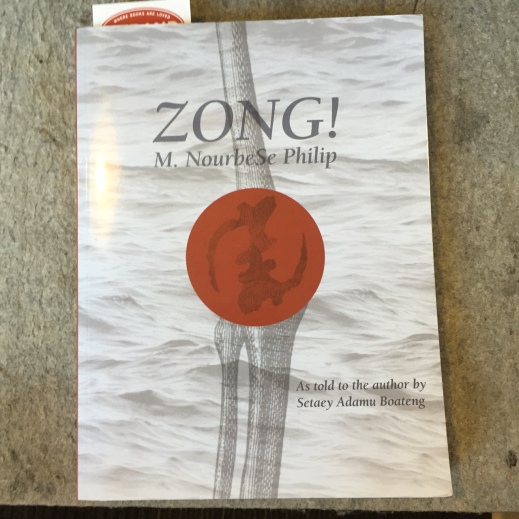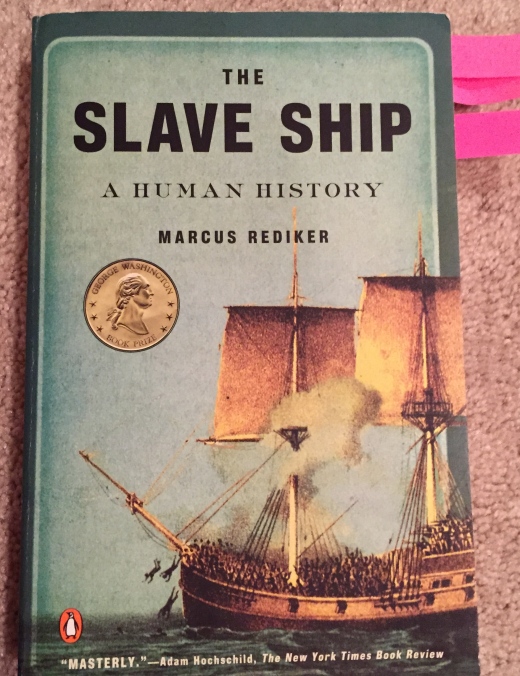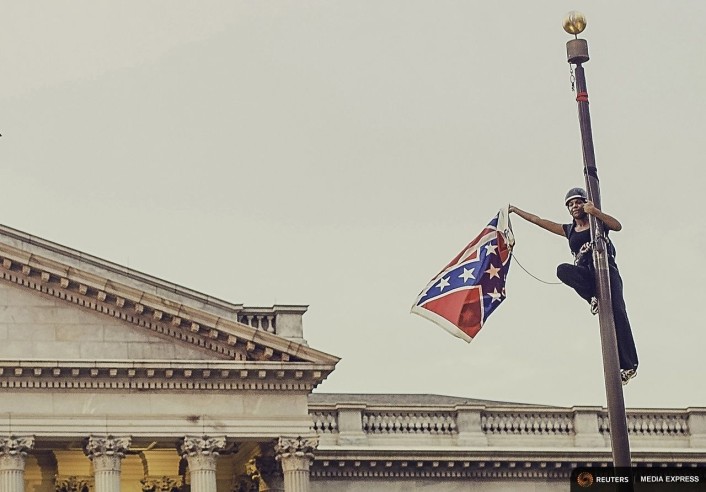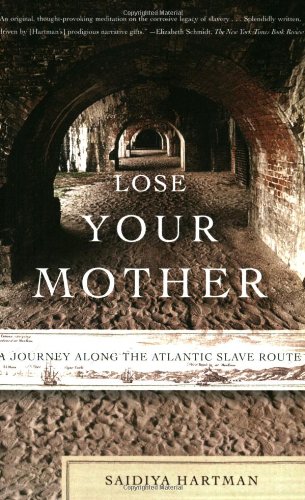TIMES SQUARE RED, TIMES SQUARE BLUE
Samuel R. Delany
NYU Press, 1999
Delany’s two essays hold this careful generosity towards the people who use the services of Forty-second street. That’s on full display in “Blue” but also present in “Red,” which is a “diachronic” study of the same topic, that is, rather than a lateral exploration of the streets in the first essay, this charts how social practices and institutions have changed over time at distinct levels.
A thorough walkthrough of these levels comes in Section 10.2 with the single question “What makes us gay?” as the example. The three levels of this question are the epistemic/semiotic level (“How do others know we are gay?”), the ontological level (“What makes us exist as gay?”), and the “sociological sedimenting” level (“How does discourse produce us as gay people?”), which enfolds the other two, since the answers to the question on those levels are sociologically sedimented (or what Althusser would call “interpellated”) as well (189-90).
My primary thesis underlying my several arguments here is that, given the mode of capitalism under which we live, life is at its most rewarding, productive, and pleasant when large numbers of people understand, appreciate, and seek out interclass contact and communication conducted in the mood of good will. (111)
This process is ID’d as Contact. Contact is low-pressure exchanges between classes in public spaces, which leads to material benefits for the underserved, from free lunches to landing an editor job after working at a titty bar. Contact produces order out of disorder in urban spaces: lots of small businesses mixed with residential spots on a street bordering a public park leads to a safer stretch of city, but this is not how cities are planned by and large, least of all with housing projects. (Delany’s main text for these arguments is THE DEATH AND LIFE OF GREAT AMERICAN CITIES by Jacobs.) Contact is great for small businesses, and was the primary way folks of older generations found work, not through resumes, interviews, or internships.
My secondary thesis is, however, that the class war raging constantly and often silently in the comparatively stabilized societies of the developed world, though it is at times as hard to detect as Freud’s unconscious or the structure of discourse, perpetually works for the erosion of the social practices through which interclass communication takes place and of the institutions holding those practices stable, so that new institutions must always be conceived and set in place to take over the jobs of those that are battered again and again until they are destroyed.
Society urges us to embrace Networking over Contact. Networking is held out as the way to get ahead in life, when the chances of such big breaks coming out of networking are almost nil compared to what can happen through contact. If contact is interclass, networking is intra-class, keeping a homogenized group of people in the same class with the same subjects facilitated by institutions (like writing conferences). They are great as spreading information around for people interested in tackling the same problems, but material advantages they don’t provide. Delany uses an anecdote of when he was indeed one of those celebrated attendees at a conference (his unpublished novel manuscript was a hit with a slick editor). Every aspiring writer’s dream, but none of this was instrumental to his actual arrival on the scene.
Bourgeois ideology prizes networking as safe and beautiful. (Cities are ugly, so urban planning emphasizes the quaint garden aesthetic and boring small town life, which Delany traces to Victorian discourse in one of the bold-type footnote sections which run as thin columns alongside the main text.) Cross-class contact is to be minimized, and homophobia and AIDS hysteria can be mobilized to make sure that it is.
The value of class segregation is the true meaning of “Family Values” and “public safety.” Delany shows us how the construction boom in NY creates profit just from demolishing and building alone, making the promotion of family values and culture a red herring. Recent decades have seen the conversion of what were historically diverse working-class districts with sexual services for that class milieu as well as middle-class residents and tourists who were interested, into a giant fern bar for yuppies.
Delany’s work here is exciting and important. Reflecting on my own life in cities, it has been contact that has provided at the very least the most interesting experiences in NYC. And in Portland OR, well, some years back the police literally flushed out a homeless camp on the Southeast side in a bit of flat urban wilderness with a long and famous bike trail for yuppie commuters. The homeless moved to this spot because they have been pushed out by gentrification over the years, from the Northwest side and Pearl district, to the other side of the river, and then south as the Alberta district, historically black and a site of civil rights activism, is also developed, with a Whole Foods opening in a part of town that had been a food desert. One incident happened with the camp which involved the cops shooting a guy with a crowbar. All of this is the backdrop to a sound bite I remember in the newspaper, some pig spokesman saying something like “Imagine a family using the bike trail on the way to school, and they see old dirty man with two coats, and for a moment those children have to acknowledge this as reality.” The libidinal economy of bourgeois safety reveals itself here.
Last, some quotes from Section 7.2 regarding the introduction of crack to the area:
A good deal of what made the situation awful, when it was awful, was not the sex work per se but the illegal drug traffic that accompanied it, that worked its way all through it, and that, from time to time, controlled much of it. The mid-eighties saw an explosion of drug activity, focusing particularly around crack, that produced some of the most astonishing and appalling human behavior I personally have ever seen. Its extent, form, and general human face has yet to be chronicled.
In 1897 I had a conversation with an eighteen-year-old Dominican, who was indeed hustling on the strip. He was worried because he was living with a seventeen-year-old friend — another young crackhead — in a project further uptown.
The younger boy had been regularly selling all the furniture in the apartment, and, when his mother had objected, he had killed her.
Her body, the other boy told me, was still in the closet. The older boy did not know what to do.
I suggested that he tell his younger friend — whom I did not know and had not met — to go to the police.
Some days later, when I ran into the older boy, he told me that is indeed what his friend had done. the older boy I had talked to was now homeless.
One would have to be a moral imbecile to be in any way nostalgic for this situation [as Robert Stern, architect and champion of the Times Square development, accused Delany of being earlier in the essay].
Indeed, the major change in the area over the period between 1984 and 1987 was that professional prostitutes and hustlers — women generally averaging between, say, twenty-three and forty-five, and men somewhat younger, asking (the women among them) thirty-five to seventy-five dollars per encounter (and the men ten or fifteen dollars less) — were driven out of the area by a new breed of “five-dollar whore” or “hustler,” often fifteen-, sixteen-, and seventeen-year-old girls and boys who would go into a doorway and do anything with anyone for the four to eight dollars needed for the next bottle of crack. Some of that situation is reflected in the scream that ends Spike Lee’s film Jungle Fever.
It was that appalling.
It was that scary.
I hope we can look even on that period of human atrocity, however, with a clear enough vision to see (as was evident to anyone who walked through the neighborhood during those years, who lingered and spoke to and developed any concern for any of these youngsters) that this activity clotted in the area, that it grew and spread from other neighborhoods, that it reached such appalling dimensions as a direct result of the economic attack on the neighborhood by the developers, Robert Stern’s employers, in their attempt to destroy the place as vital and self-policing site, as a necessary prelude to their sanitized site. (158-59)





